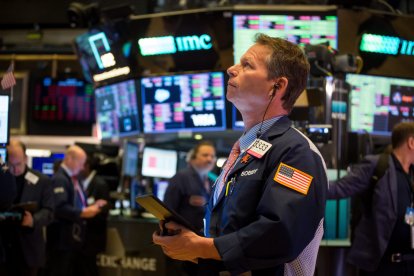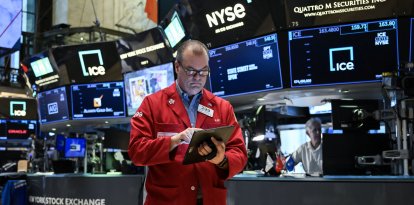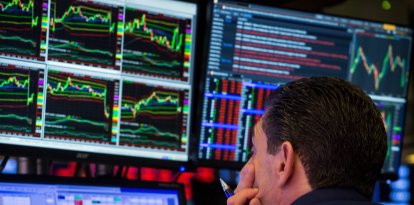S&P 500 closes in correction territory due to tariff fears
Markets continue to reflect concern about the economy in Trump's second presidency.

A trader at the New York Stock Exchange.
On Thursday, the S&P 500, one of the main U.S. stock indexes, entered what experts call "correction territory." It closed down more than 10% from its all-time high reached on Feb. 19, when it reached 6,144.15 points.
At the end of the day, it stood at 5,521 points, marking a warning for investors.
Why is this happening?
Less than two months into President Donald Trump's second term, markets are sending a clear signal. Investors are concerned about tariffs the new administration could impose and about the risk of an economic recession.
These fears have hit the S&P 500 and other major indexes such as the Nasdaq and the Dow Jones, which also closed with sharp declines.
For his part, Scott Bessent, the Treasury secretary, said in an interview with CNBC that he was not worried about it: "I'm not concerned about a little bit of volatility over three weeks. We are really focused on the medium to long term."
However, the S&P 500 has been one of the worst-performing indexes in the world over the past month.
Corrections like this are not uncommon. According to Invesco data, markets typically take about three months to recover from declines between 5% and 10%.
Now, the focus is on how long it will take Wall Street to overcome this bump and whether economic fears will materialize or be left behind.
RECOMMENDATION























